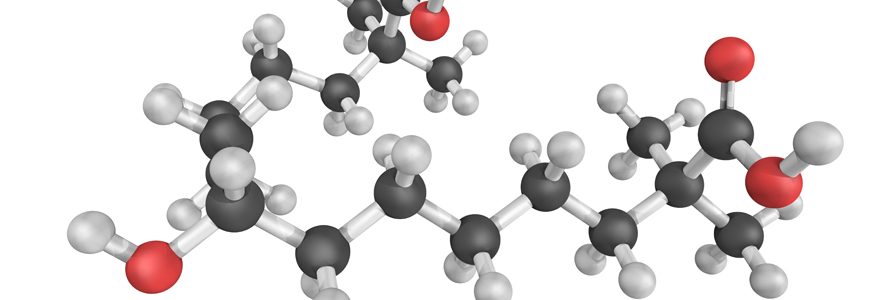A significant renewal of clinical research and FDA approval of lipid drugs offers appealing options for patients seeking control of high cholesterol and triglyceride levels, says John R. Guyton, MD, a Duke endocrinologist and internationally recognized lipidology expert.
“It’s genuinely interesting to see where we are headed with the development of these drugs right now in terms of effectiveness in preventing atherosclerotic cardiovascular disease (ASCVD),” Guyton says. “In addition to major improvements in atherosclerotic prevention, this line of research may eventually offer help for prevention of Alzheimer’s or Parkinson’s disease.”
Guyton, director of the Duke Lipid Clinic, emphasizes that while new drugs show promise, statins continue to be the mainstay for cholesterol control that effectively prevents heart attack and stroke. “On the Internet one can find many warnings about statin side effects, but side effects such as muscle aches are infrequent.” A challenge for clinicians, Guyton says, is to help patients distinguish between intolerance and safety.
“Statins are among the safest drugs used today,” he says, noting that research suggests that more than 50,000 early deaths from cardiovascular disease can be prevented annually with the use of statins. Guyton says those results should be contrasted with less than 100 cases of death or permanent organ damage attributed each year to statin use in the U.S. “That’s at least a 500-to-1 benefit-to-risk ratio,” Guyton says. While statins can increase the development of new-onset diabetes, that risk can be offset by losing 3 to 5 pounds, he says.
“Many people are alive today because they treated their cholesterol with statins,” Guyton says. “Patients with very high cholesterol should be treated. There’s no doubt about the overall weight of the evidence.”

Seven classes of hypercholesterolemia drugs
Seven classes of hypercholesterolemia drugs are now in use, with two promising formulations in development. For patients with hypertriglyceridemia, improving diet can be more effective than drug therapy. Nevertheless, three classes of drugs are in common use, with another in development.
Among the new drugs in the hypercholesterolemia class, Guyton says bempedoic acid (BA) has demonstrated promising results, particularly for patients who are averse to injectable therapies or those with familial hypercholesterolemia.
Approved in February 2020 as a 180 mg once-per-day oral dose, BA has demonstrated the ability to lower LDL-C in multiple randomized trials. Guyton says early studies indicate BA use can decrease LDL-C 15-25%. Unlike statins, BA tends to reduce hemoglobin A1c levels and help to prevent new cases of diabetes.
Evinacumab (Regeneron, Tarrytown, NJ) is a new injectable drug under development for lowering both cholesterol and triglycerides. It has shown a high level of efficacy in cases of severe genetic hypercholesterolemia.
The rare occurrence of stroke in children and premenopausal women has been linked to inherited high levels of lipoprotein(a). Lipoprotein(a) is also a major risk factor for ASCVD. Lipoprotein(a) has been notoriously resistant to treatment, Guyton says, but a new drug in development — an injectable antisense oligonucleotide — can lower lipoprotein(a) levels by 80-90%.
“After more than a decade when the development of new lipid drugs appeared to be stalled, recent progress is exciting,” concludes Guyton.

